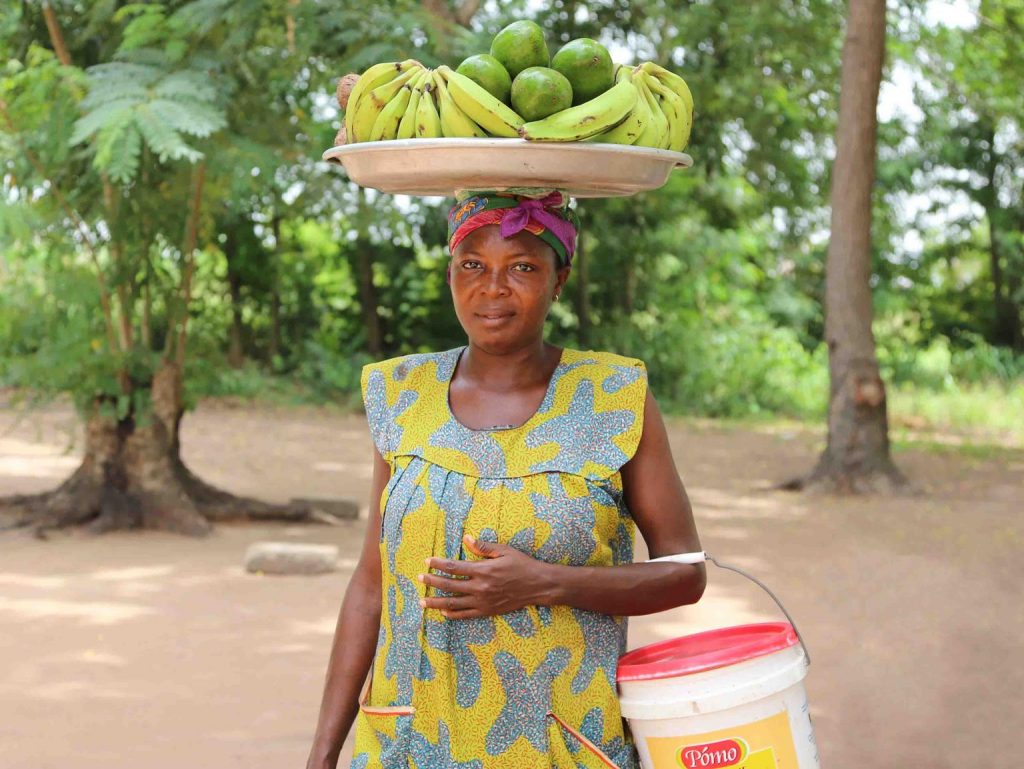This article explores the implications for human health of local interactions between disease, ecosystems and livelihoods. Five interdisciplinary case studies addressed zoonotic diseases in African settings: Rift Valley fever (RVF) in Kenya, human African trypanosomiasis in Zambia and Zimbabwe, Lassa Fever in Sierra Leone and henipaviruses in Ghana. Each explored how ecological changes and human-ecosystem interactions affect pathogen dynamics and hence the likelihood of zoonotic spillover and transmission, and how socially differentiated peoples’ interactions with ecosystems and animals affect their exposure to disease.
Cross-case analysis highlights how these dynamics vary by ecosystem type, across a range from humid forest to semi-arid savannah; the significance of interacting temporal and spatial scales; and the importance of mosaic and patch dynamics. Ecosystem interactions and services central to different people’s livelihoods and well-being include pastoralism and agro-pastoralism, commercial and subsistence crop farming, hunting, collecting food, fuelwood and medicines, and cultural practices. There are synergies, but also tensions and trade-offs, between ecosystem changes that benefit livelihoods and affect disease. Understanding these can inform ‘One Health’ approaches towards managing ecosystems in ways that reduce disease risks and burdens.



